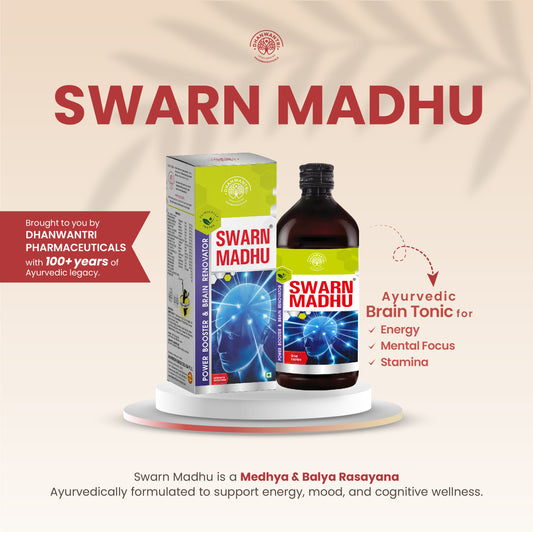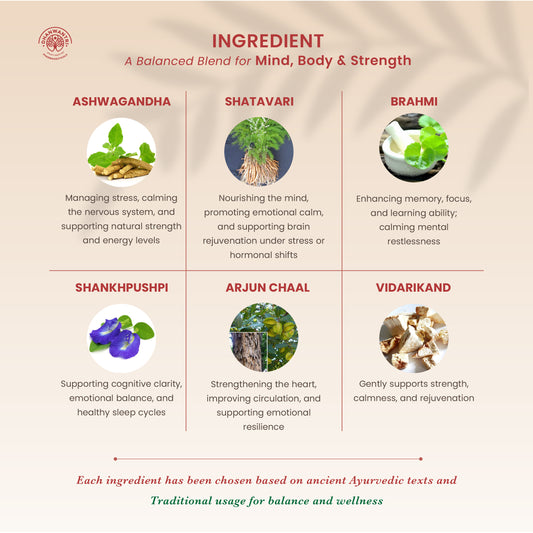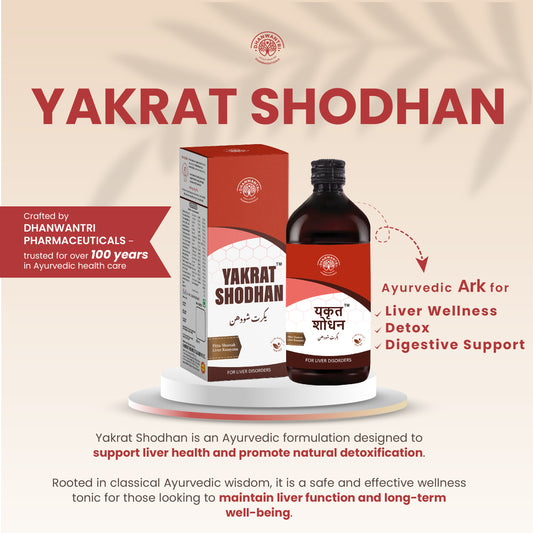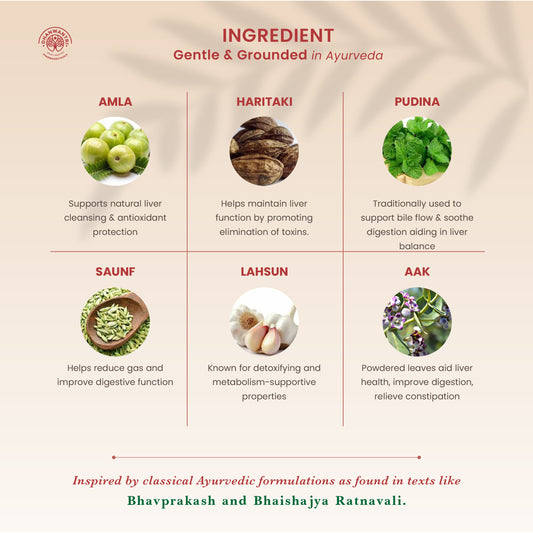Cardiovascular disease symptoms & treatment
Cardiovascular disease (CVD) remains one of the leading causes of death globally. It encompasses a range of conditions affecting the heart and blood vessels, including coronary artery disease, heart failure, arrhythmias, and more. Understanding the symptoms and treatment options is crucial for early detection and management. This blog aims to provide comprehensive insights into the symptoms and treatment of cardiovascular disease.
Symptoms of Cardiovascular Disease
Chest Pain or Discomfort
One of the most common symptoms of CVD is chest pain, often described as a feeling of pressure, tightness, or squeezing. This pain, known as angina, can radiate to the shoulders, arms, neck, jaw, or back. It typically occurs when the heart muscle doesn't get enough oxygen-rich blood, especially during physical activity or stress.
Shortness of Breath
Experiencing shortness of breath, either at rest or during exertion, can be a sign of heart problems. This symptom occurs when the heart is unable to pump blood efficiently, leading to a buildup of fluid in the lungs, a condition known as pulmonary congestion.
Fatigue and Weakness
Persistent fatigue and unexplained weakness can be indicators of cardiovascular issues. When the heart struggles to pump enough blood to meet the body's needs, it can result in generalized weakness and reduced exercise tolerance.
Palpitations or Irregular Heartbeat
Feeling your heart racing, pounding, or skipping beats (palpitations) can be alarming. These irregular heartbeats, known as arrhythmias, can indicate underlying heart conditions and should not be ignored.
Swelling in Legs, Ankles, and Feet
Swelling, or edema, in the lower extremities can occur when the heart is not pumping blood effectively, leading to fluid retention. This is often seen in heart failure and other cardiovascular conditions.
Dizziness and Fainting
Frequent dizziness, lightheadedness, or fainting (syncope) can be related to heart problems, particularly those affecting blood flow and heart rhythm. These symptoms require prompt medical attention.
Persistent Cough or Wheezing
A chronic cough or wheezing, often accompanied by white or pink blood-tinged mucus, can be a sign of heart failure. This occurs due to fluid buildup in the lungs, causing respiratory symptoms.
Treatment of Cardiovascular Disease
Lifestyle Modifications
Lifestyle changes are often the first step in managing CVD. These include:
Healthy Diet: Adopting a heart-healthy diet rich in fruits, vegetables, whole grains, lean proteins, and healthy fats.
Regular Exercise: Engaging in regular physical activity to improve cardiovascular fitness and overall health.
Smoking Cessation: Quitting smoking to reduce the risk of heart disease.
Regular Exercise: Engaging in regular physical activity to improve cardiovascular fitness and overall health.
Weight Management: Maintaining a healthy weight to alleviate strain on the heart.
Medications
Medications play a crucial role in managing CVD. Commonly prescribed drugs include:
Antihypertensives: To control high blood pressure.
Antiplatelet Agents: To prevent blood clots.
Beta-Blockers: To reduce heart rate and blood pressure.
ACE Inhibitors: To relax blood vessels and lower blood pressure.
Diuretics: To reduce fluid buildup in the body.
Medical Procedures and Surgeries
In some cases, medical procedures or surgeries may be necessary to treat cardiovascular disease. These include:
Angioplasty and Stent Placement: To open blocked or narrowed coronary arteries.
Coronary Artery Bypass Grafting (CABG): To bypass blocked coronary arteries using grafts.
Pacemaker Implantation: To regulate abnormal heart rhythms.
Heart Valve Repair or Replacement: To address faulty heart valves.
Heart Transplant: In severe cases of heart failure.
Cardiac Rehabilitation
Cardiac rehabilitation programs are designed to help individuals recover and improve their cardiovascular health. These programs typically include:
Exercise Training: Tailored exercise routines to strengthen the heart and improve fitness.
Counseling: Support for lifestyle changes and coping with the emotional aspects of CVD.
Monitoring and Follow-up
Regular monitoring and follow-up with healthcare providers are essential for managing cardiovascular disease. This allows for timely adjustments in treatment plans and early detection of any complications.
Conclusion
Cardiovascular disease is a serious health condition that requires vigilant attention to symptoms and proactive management. Early detection and treatment can significantly improve outcomes and quality of life. By understanding the symptoms and exploring various treatment options, individuals can take charge of their heart health and reduce the risk of severe complications. Always consult with a healthcare professional for personalized advice and treatment plans tailored to your specific needs.





